Period Cramps: How to treat and prevent menstrual pain
Happy Women’s Health Week!
We are kicking off women’s health week with a topic that is very near and dear to my heart…menstrual cramps. In the past, period cramps significantly impacted my school, work, social life, and finances. I’ve had quite a few urgent care/ER visits because of it them. Unfortunately, I am not alone. Over 50 % of women deal with painful menstrual cramps, and about 10% of these women experience pain severe enough to leave them incapacitated for a few days. Many patients come to my office after struggling with menstrual cramps for years and are frustrated by only being recommended birth control and pain medication to help solve the problem. This post will help outline holistic approach to preventing the frequency and severity of menstrual cramps. However, I highly recommend finding an integrative physician to help you get to the root of your menstrual pain, so that you can get the right treatment.
What can cause menstrual cramps?
First things first, you need to determine whether you have primary or secondary dysmenorrhea (painful menstruation). In the case of secondary dysmenorrhea, there is some underlying condition causing your painful periods, like endometriosis or fibroids. It’s important to rule out these potential causes so that you can be treated accordingly.
This post will focus on primary dysmenorrhea, or painful menstrual cramps in the absence of an underlying condition. More than half of women with primary dysmenorrhea experience low back pain, headache, nausea, vomiting, dizziness, and even fainting in addition to the pelvic cramps. I’ve experienced these symptoms so many times and know how awful it can be!
A few possible causes include lack of blood flow and oxygen to the pelvis and increased production of prostaglandins which stimulate uterine contractions that can lead to pain. Studies have shown that women who experience menstrual cramps have nearly 10x higher prostaglandin levels than women who do not.
In my opinion, one of the main problems with current treatment of menstrual cramps is that there is more emphasis on quick and short term pain relief instead of focusing on understanding and treating the actual cause. This means that many women are relying on Midol, Advil, Tylenol, and other pain medications which can affect their liver, or their gut, and make matters worse in the long run. Trust me, I understand why these medications are used. Even with my Naturopathic background, I have taken more Midol than I would like to admit, because there have been times where I literally couldn’t get off the bathroom floor at work or the gym from the pain I experienced. This is one of the biggest challenges of natural medicine, because people want fast and instant pain relief. I understand that it’s necessary at times. However, I also know the power natural medicine has when used to prevent and manage symptoms like menstrual cramping and PMS.
Before I jump into it, it’s important to consider that not all of these recommendations will work for everyone, and it’s really important to consult with your doctor so you can get the best recommendations for you. This post is intended to be education, and should not be taken as medical advice.
Integrative Treatments for Menstrual Cramps:
LIFESTYLE:
Stress reduction techniques to avoid additional inflammation and tension
Epsom salt baths: The magnesium salts help to relax muscles and increase blood flow to the pelvis. I tell my patients to soak for at least 20 minutes!
Yoga and stretches to open the pelvis
Exercise: studies show that even a light walk can help reduce severity and frequency menstrual pain
DIET:
Foods to focus on:
get your veggies in: a plant based diet has been shown to help reduce cramps
foods high in omega-3 content like salmon, sardines, and walnuts help to reduce inflammation and might help to limit pain
foods to encourage: nuts and seeds rich in linoleum acid can help with muscle relaxation- flaxseed, hemp seeds, pumpkin seeds, sunflower seeds, sesame seeds
Foods to avoid:
foods high in arachidonic acid and polyunsaturated fatty acids: increase those prostaglandins I mentioned earlier- mostly egg yolks, red meat, and poultry
foods that cause bloating and other digestive complaints: specific to each individual in terms of specific food sensitivities, but dairy products are a common culprit
VITAMINS, NUTRIENTS, AND HERBS:
Ginger: This herb is particularly useful because it can relieve both nausea and pain. In one study, ginger capsules were found to be more effective than NSAIDs at relieving menstrual pain.
Magnesium: Many American adults are deficient in magnesium. This is one of my favorite minerals because it relaxes both skeletal and smooth muscle, meaning it can help to relax the cramping and also promote blood flow to the area.
Calcium: Can helps with muscle tone and can reduce likelihood of muscle cramps.
Vitamin D: Vitamin D plays a role in PMS, especially with fatigue and mood, but it might also help to reduce menstrual pain. A few studies have found that vitamin D supplementation reduced menstrual pain, especially in patients who already had a vitamin D deficiency.
Cramp Bark and Black Haw: These 2 herbs are great for menstrual pain and cramping because they can help to reduce uterine spasms.
I hope you found this information helpful. Again, this is not intended to be direct medical advice. I suggest discussing with an integrative physician, such as a Naturopathic doctor, who can help you rule out pelvic disease states that could be causing your pain, and who can provide you with specific doses. It’s important to find a doctor who can help you manage both your conventional and natural therapies, and create a treatment plan that is both preventative and that also helps reduce acute pain as well.
Please leave any questions in the comments below! Thinking of you all!
Dr. Nikka Kanani
